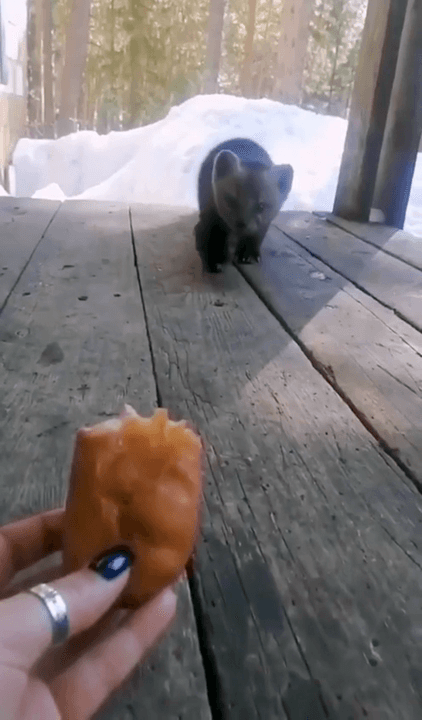
Wild boar hunting is one of the most popular hunt in France. With an ever-growing population, Wild Boar is commonly present in many regions of France. The average weight is around 50 to 80 kg (110 to 176 lbs) and the biggest male adults are from 100 to 200 kg (220 to 440 lbs), the trophy consisting of its tusks (canines and incisors). Mainly hunted on driven hunts, the wild boar is a smart animal, astute enough to cross hunters' line and then escape. With a very good memory and a perfect knowledge of its territory the Wild Boar is a fascinating animal to hunt and hard to catch. Wounded, this animal can be very dangerous and won't hesitate to charge dogs and sometimes human beings. We hunt wild boar from mid-August to end of February. Stalking and driven hunt are the main methods of hunting this animal. This experience is incredibly intense!
Post: 3 July 14:13
















































